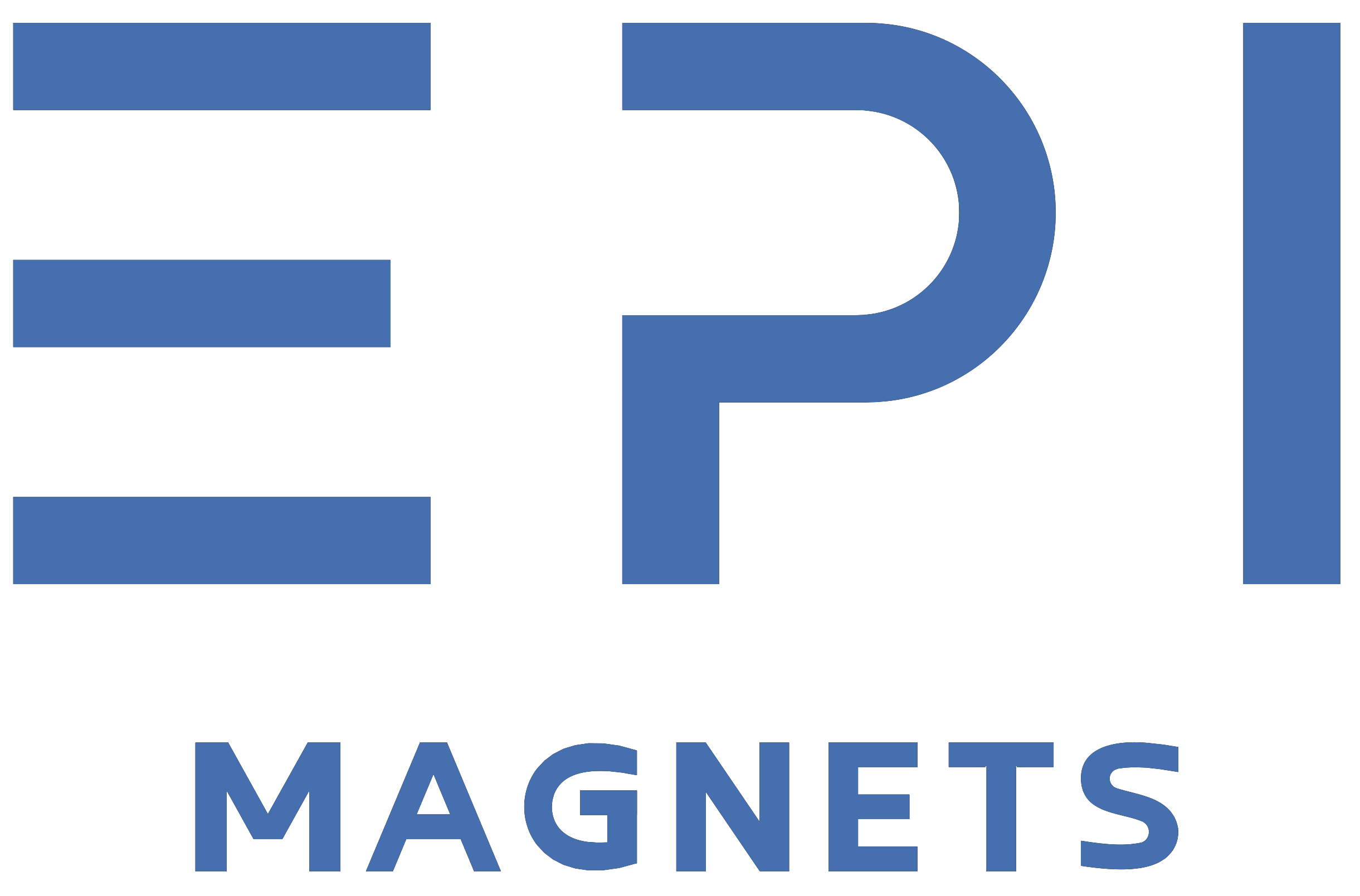Halbach Circles: Exploring the Magnetic Wonders of Circular Arrays
In our earlier piece titled An Overview of Halbach Arrays, we delved into linear arrays, where magnets are set in a distinct sequence to generate a potent magnetic field on one side. Now, we turn our attention to the circular patterns of Halbach arrays, where the magnets form a ring, resulting in some fascinating outcomes. The Man Behind the Arrays: Klaus Halbach During the 1980s at the Lawrence Berkeley National Laboratory, physicist Klaus Halbach became a prominent figure associated with
